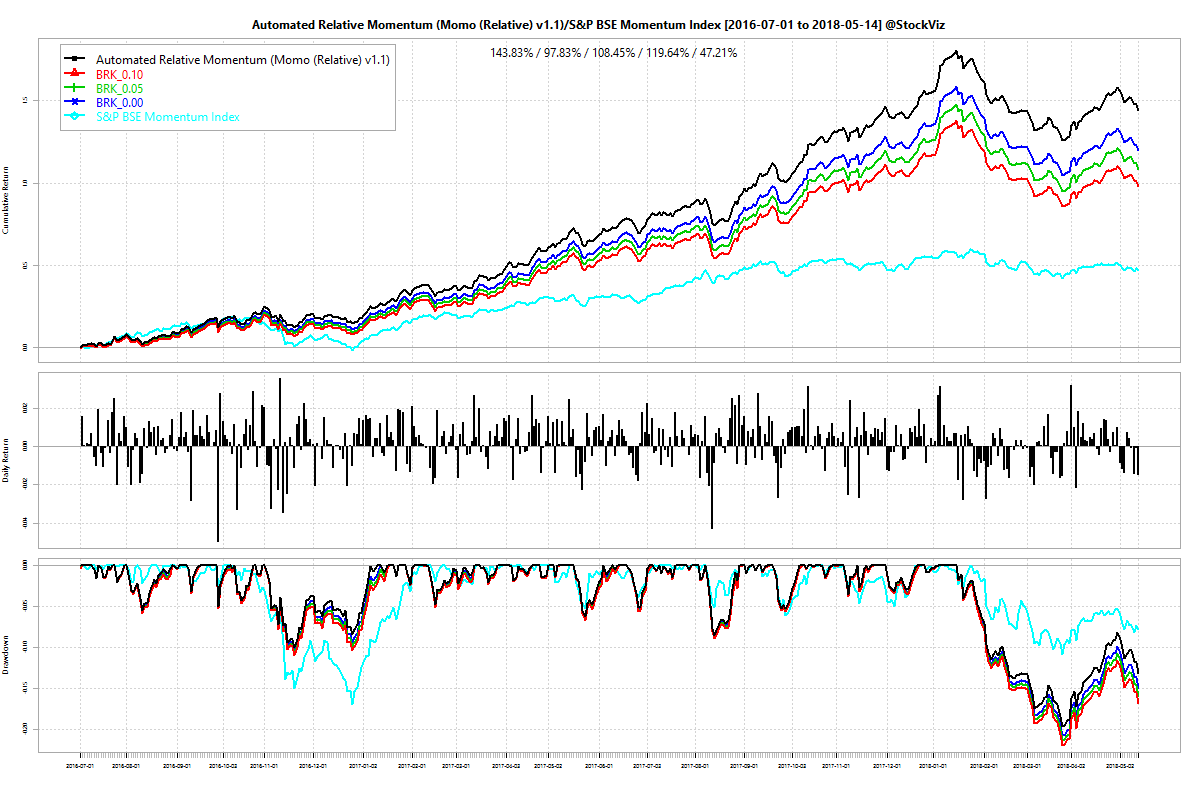When people talk about crypto-currencies, the primary focus so far has been the price of bitcoin, ethereum, etc. However, that is only scratching the surface of what is possible. When you dig a little deeper, you find yourself sucked into a rabbit-hole. One such rabbit-hole is the DAO.
Decentralized Autonomous Organizations
DAO stands for Decentralized Autonomous Organization. A traditional corporation is structured in a top-down hierarchy where decisions are taken by CxOs and handed over to people down the hierarchy to execute. But what if you replace CxOs and workers by code and replace the decisions making mechanism by votes? You get a DAO.
In a DAO, participants buy DAO tokens and vote on what tasks need to be performed. The set of tasks is defined in code. The DAO then uses “smart contracts” to perform those tasks. As long as the output can be digitally verified, the whole thing can be distributed (does not need a central server) and anonymous.
The ability to anonymously create and participate in a DAO could open up a whole can of worms when it comes to securities market regulation. Take synchronized and circular trading, as an example for collusive trading.
Synchronized and Circular Trading
A synchronised trade is a transaction where the buy and sell orders are identical, and are put through at exactly the same time on a stock exchange. A circular trade is where a set of brokers buy and sell shares frequently amongst themselves. The intention could either be to artificially influence price, trading volume or tax avoidance.
Surveillance systems red flag these transactions and SEBI follows up by proving collusion and intent. The latter is possible because there is always a paper-trail and it is possible to draw a relationship diagram between market participants under the lens. But a DAO can upend that.
The DAO can be setup anonymously. The crypto that is required by the DAO can be acquired and traded anonymously. Participants can vote on the stock to be manipulated anonymously. The DAO can execute the code (“smart contract”) that trades these stocks autonomously.
So even if a surveillance system red flags these transactions, it becomes next to impossible to prove collusion. The trades would occur between participants who have not even interacted with each other before – just like what occurs naturally in a stock exchange.
Please tell me that some version of this is not possible.
Links:
DAOs, DACs, DAs and More: An Incomplete Terminology Guide
DACs VS the Corporation
What is a DAO?
How Do Ethereum Smart Contracts Work?
